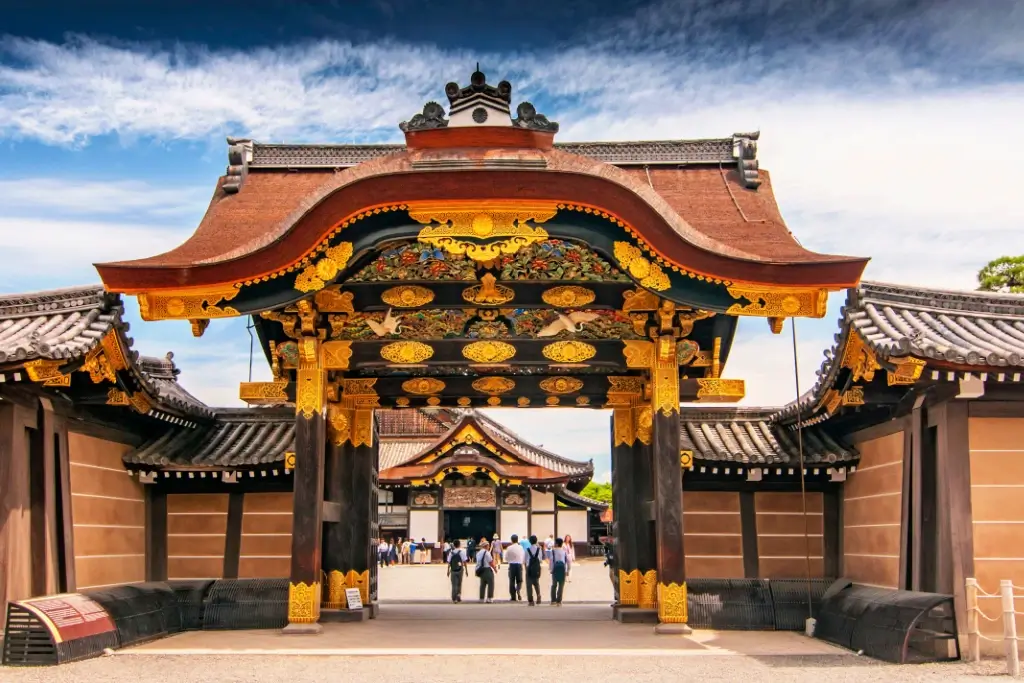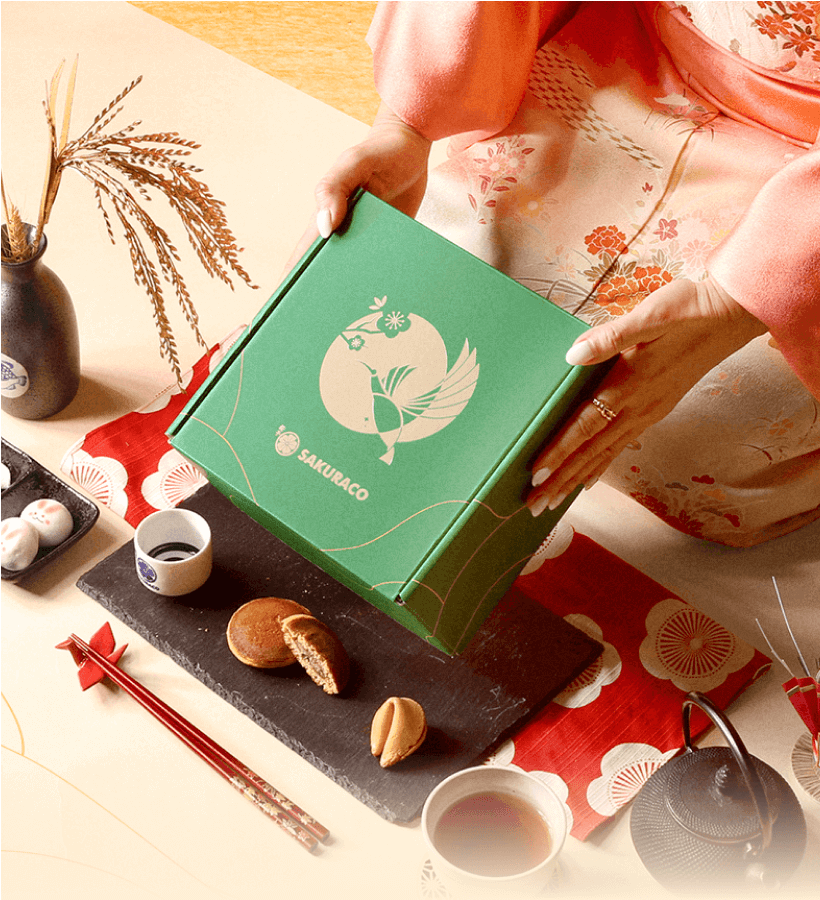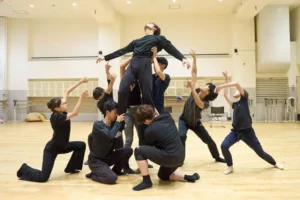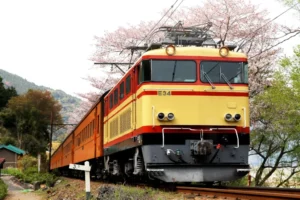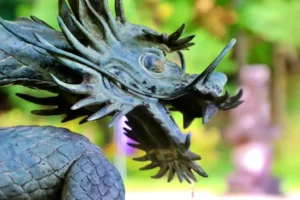Japan’s castles are beautiful and fascinating reminders of the nation’s past. More famous fortresses like Nijo Castle and Osaka Castle attract more visitors. But there are many others with equally compelling stories and unique features. Some are still in their original form, while others have been carefully restored to their former majestic glory.
Exploring these historic sites is a great way to learn about the past through an immersive experience. Many of their locations are also recreational spaces with amazing views and well-maintained gardens. Today, we’ll highlight some of Japan’s fascinating yet lesser-known castles and why they deserve a visit.
Table of Contents
ToggleNijo Castle
Nijo Castle is located in the heart of Kyoto. This UNESCO World Heritage Site was built in 1603 to showcase the Tokugawa shogunate’s power. It served as the Kyoto residence of Tokugawa Ieyasu, the founder of the shogunate and the first shogun of the Edo Period. A double moat surrounds the complex, which comprises three distinct areas: the Ninomaru Palace, the Honmaru compound, and the Ninomaru Garden.
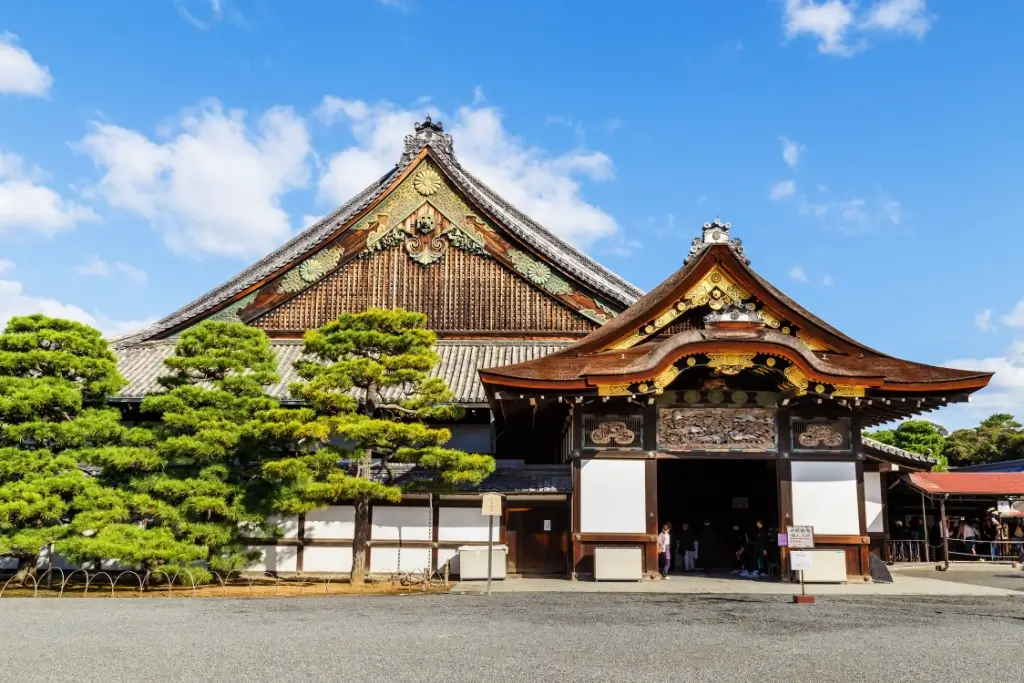
Its ornate karamon gate symbolized power and wealth and drew many visitors with its distinct designs. Inside, the Ninomaru Palace features “nightingale floors,” designed to “chirp” when walked upon. This unique flooring served as a security measure against intruders. And its lush gardens are perfect for casual strolls after admiring the detailed woodwork.
Visitors can easily reach Nijojo by taking the Karasuma Line from Kyoto Station to Karasuma Oike Station and then the Tozai Line to Nijojo-mae Station. This attraction is open daily, and the entrance fee is 800 yen. The area’s central location makes it a convenient starting point for exploring Kyoto’s other historical sites. Nearby attractions include the Kyoto Imperial Palace and the Nishiki Market, both within walking distance.
Maruoka Castle
Maruoka Castle in Fukui Prefecture has one of Japan’s oldest remaining fortress towers. Shibata Katsutoyo, a samurai commander, built it in 1576. The castle is famous for its unique stone walls and wooden structure. Historically, people knew it as the “mist castle” because a thick shroud of mist sometimes surrounded it. This mist supposedly hid the location from enemies during attacks. Despite its small size, it is still much appreciated for its elegance. Visitors can explore the reconstructed keep and enjoy looking down on the surrounding lowland.
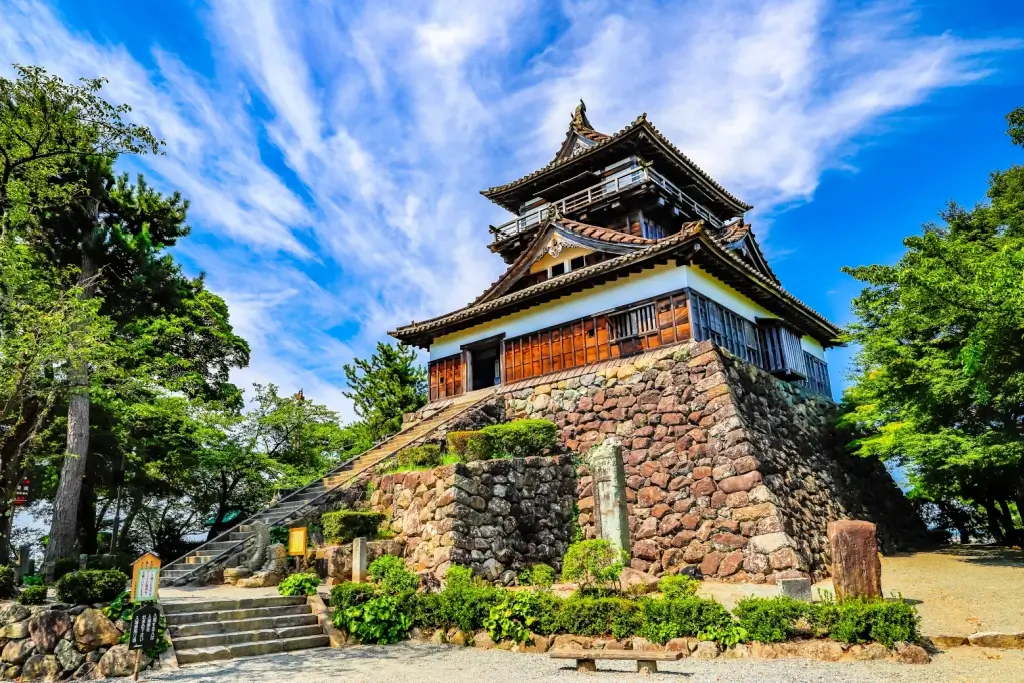
It’s accessible via a short bus ride or a 15-minute walk from JR Maruoka Station. The entrance fee is only 450 yen, making it an affordable destination. The grounds are particularly beautiful during cherry blossom season when the Maruoka Castle Cherry Blossom Festival occurs. Nearby, the Maruoka Castle Historical Museum offers more insight into the castle’s history.
Are you looking for amazing snacks while checking out different Japanese castles? Check out Sakuraco! Sakuraco delivers traditional Japanese snacks, teas, and sweets from local Japanese makers directly to your door so you can enjoy the latest treats directly from Japan!
Matsue Castle
Matsue-jo in Shimane Prefecture was completed in 1611. It is one of only 12 original castles in Japan and one of just five with official National Treasure status. People call it the “Black Castle” due to its dark wooden exterior. The wood has remarkably preserved itself throughout the centuries. Inside, they display historical artifacts such as samurai armor and weapons. Matsue’s builders designed it to withstand war and sieges, so it has wide views of Lake Shinji and the surrounding city.

This attraction is a 10-minute bus ride or 20-minute walk from JR Matsue Station. It is open year-round, and entry is reasonably priced at 680 yen. The Matsue History Museum is not too far away and provides more information about the area’s history.
Wakayama Castle
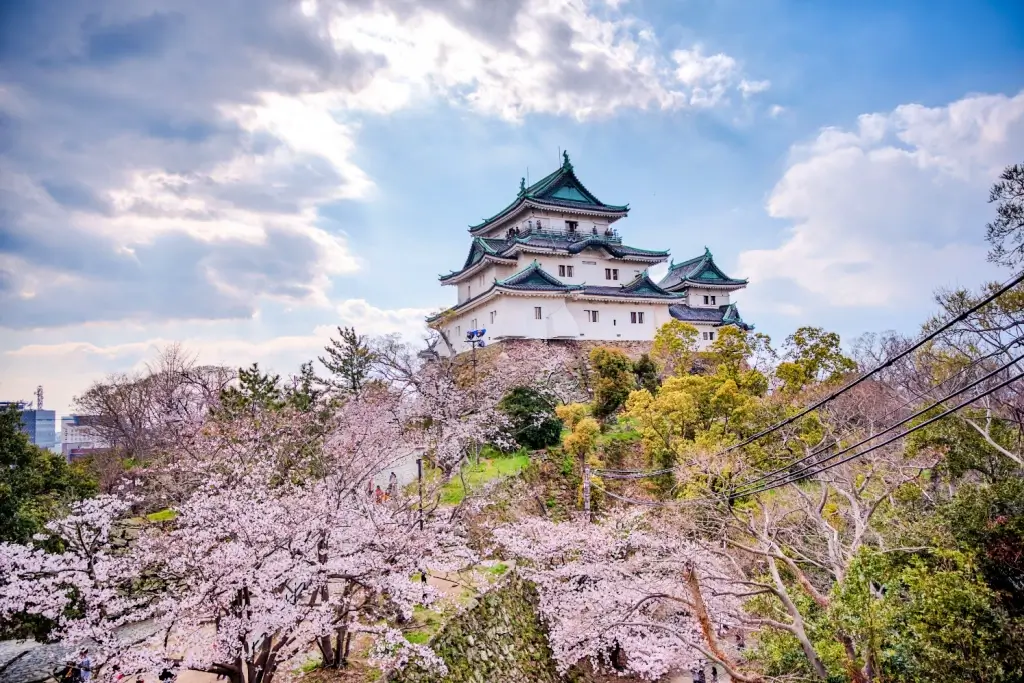
Wakayama-jo was originally built in 1585 by Toyotomi Hidenaga in Wakayama Prefecture. However, fires and warfare have resulted in many reconstructions throughout the years. The grounds feature a museum with local history exhibits, and its garden was designed by the famous tea master Kobori Enshu. From this location atop Mt. Torafusu, visitors can appreciate the city below and the ocean and mountains in the distance. Wakayamajo is a 10-minute bus ride from JR Wakayama Station. The Kimii-dera Temple, one of the oldest temples in Japan, is only a short distance away.
What makes places like Nijo Castle unique?
Places like Nijo Castle are unique because they preserve architectural styles from Japan’s feudal era. Some of these structures and objects have been preserved for centuries. They also serve as parks where people can relax and appreciate greenery—sometimes in the middle of the city.
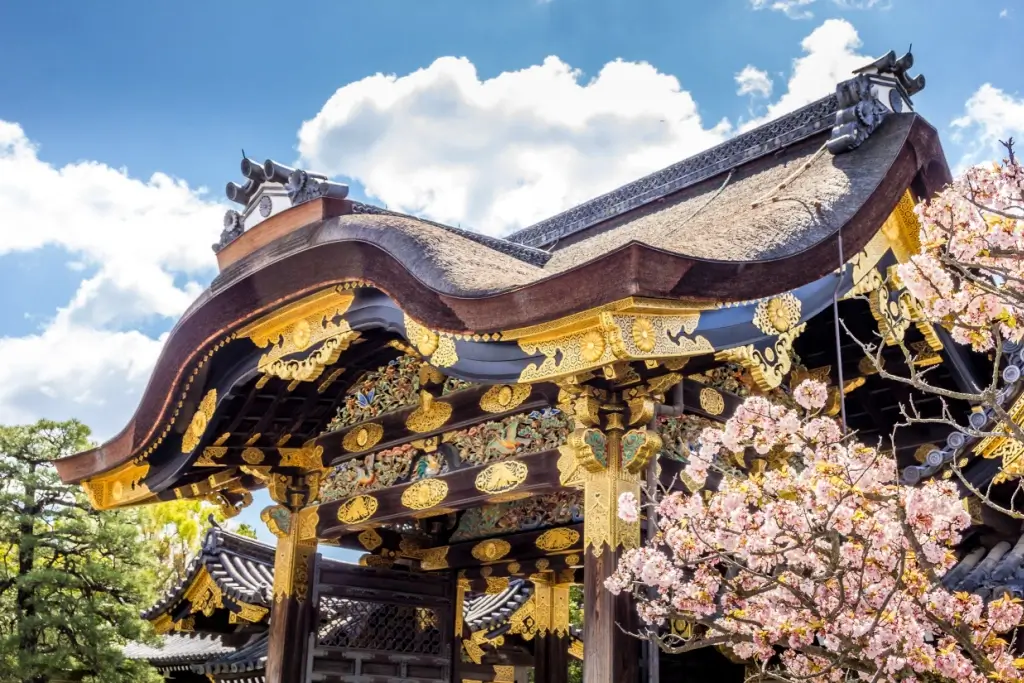
They also act as museums, housing rare historical artifacts that cannot be found anywhere else. Have you ever visited any of these historical sites? What was your experience like? Do you have any tips or recommendations for fellow travelers? Share your thoughts and leave a comment below!


